Table of Contents
Welcome to Kizworld, your ultimate resource for mastering the art of cycling. In this comprehensive guide, we'll teach you How to do a 180 on a bike, a fundamental skill that unlocks a world of maneuverability and control. Whether you're a seasoned cyclist or just starting out, our step-by-step instructions and tips will help you execute this move with confidence and style.
How to do a 180 to Transform Your Life: A Comprehensive Guide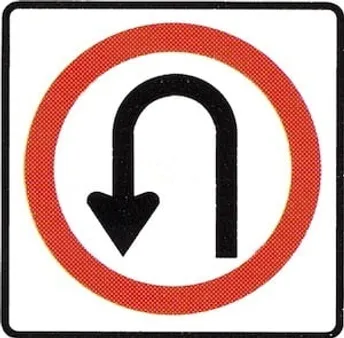
I. Understanding the Basics of Executing a 180-Degree Turn
Understanding the Basics of Executing a 180-Degree Turn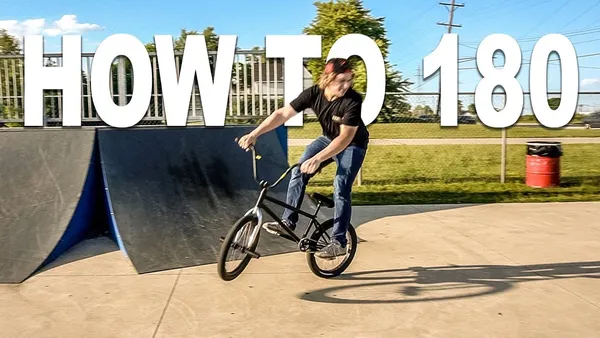
Maintaining Proper Body Position
- Keep your back straight.
- Your stomach slightly tucked in.
- Your chin up off your chest.
- Bending your knees slightly.
Proper Weight Distribution
- Balance your weight evenly between both feet.
- Your toes should be turned out slightly, about 45 degrees from the forward direction.
- As you start the turn, shift your weight slightly to your front foot.
Turning the Bike
- Push down on the pedal with your front foot as you turn the handlebars.
- Lean your body into the turn.
- Keep your elbows slightly bent and relaxed.
- Don't grip the handlebars too tightly.
Completing the Turn
- Once you're facing the direction you want to go, shift your weight back to your rear foot.
- Apply the brakes gradually, as needed.
- Straighten up your body and handlebars.
- Resume pedaling.
Tips for Improving Your 180s
- Practice makes perfect.
- Start in a safe, open area.
- Wear a helmet and other protective gear.
- Stay relaxed throughout the turn.
- Be patient and don't get discouraged.
II. Mastering the 180-Degree Turn: A Step-by-Step Guide for Beginners
Conquering Handstands is a milestone in any cyclist's journey, offering enhanced control, mobility, and style. Here's a breakdown of the technique, tailored for beginners:
- Selecting the Right Place: Beginners should find a safe, wide-open location such as a park or a parking lot free of obstacles.
- Warm-Up Routine: Before attempting a 180-degree turn, ensure you stretch and perform a warm-up routine to loosen up your muscles and prepare your body for the maneuver.
- Mastering Balance: Balance plays a crucial role. Practice basic balancing drills, such as slow-speed riding, riding with no hands, and track stands, to enhance your equilibrium.
- Proper Body Position: Position yourself correctly on the bike. Sit upright with a straight back, core engaged, shoulders relaxed, and feet flat on the pedals.
- Start Slowly: Begin by riding at a moderate speed and gradually increase it as you start practicing the 180-degree turn.
Gymnastics for Kids has numerous benefits for children's physical and mental health, promoting coordination, flexibility, strength, and balance. At kizworld, we explore how gymnastics can aid in children's overall development.
III. Breaking It Down: The Step-by-Step Process of a 180-Degree Turn
Breaking It Down: The Step-by-Step Process of a 180-Degree Turn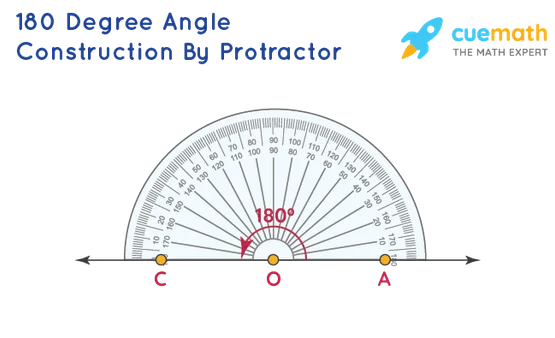
Step 1: Find a Safe Place to Practice
Before you start practicing your 180s, it's important to find a safe place to do so. This could be an empty parking lot, a quiet street, or even your backyard. Make sure the area is free of obstacles and that you have plenty of room to maneuver.
Here are some tips for finding a safe place to practice your 180s:
- Look for an area that is free of traffic and pedestrians.
- Choose a spot that is relatively flat and smooth.
- Make sure there are no obstacles in your way, such as parked cars or trees.
- If you're practicing in a public place, be aware of your surroundings and be respectful of others.
How to Choose the Right Skateboard for Your Skill Level and Style
Step 2: Get Comfortable with Your Bike
Once you've found a safe place to practice, it's time to get comfortable with your bike. Start by riding around in a straight line, getting a feel for the bike's weight and balance. Once you're comfortable riding in a straight line, you can start practicing turns.
To practice turns, start by making small, gradual turns. As you get more comfortable, you can start making sharper turns. Be sure to keep your weight centered over the bike and your eyes focused on where you want to go.
The Benefits of Skateboarding for Fitness and Fun
Step 3: Start Slow
When you're first starting out, it's important to start slow. Don't try to do a 180 right away. Instead, start by practicing smaller turns. Once you're comfortable making smaller turns, you can start gradually increasing the size of your turns until you're able to do a full 180.
It's also important to be patient. It takes time to learn how to do a 180. Don't get discouraged if you don't get it right away. Just keep practicing and you'll eventually be able to do it.
The Best Skateboarding Equipment and Accessories
Step 4: Practice Makes Perfect
The best way to learn how to do a 180 is to practice. The more you practice, the better you'll become at it. Try to practice for at least 15 minutes each day. If you can, practice in different locations and on different types of surfaces. This will help you to become more comfortable with your bike and to learn how to handle it in different situations.
With enough practice, you'll eventually be able to do a 180 like a pro. So what are you waiting for? Start practicing today!
How to Improve Your Balance, Coordination, and Creativity with Skateboarding
Tip | Description |
Use Your Body Weight | When you're making a turn, use your body weight to help you. Lean into the turn and shift your weight to the outside foot. This will help you to keep your balance and control the bike. |
Keep Your Eyes on the Prize | When you're making a turn, keep your eyes focused on where you want to go. Don't look down at your feet or the ground. This will help you to stay focused and to make a smooth turn. |
Don't Be Afraid to Fall | Everyone falls when they're learning how to ride a bike. It's all part of the process. Don't be afraid to fall. Just get back up and try again. |
The History and Culture of Skateboarding
IV. Perfecting the Technique: Common Mistakes and How to Avoid Them
Perfecting the Technique: Common Mistakes and How to Avoid Them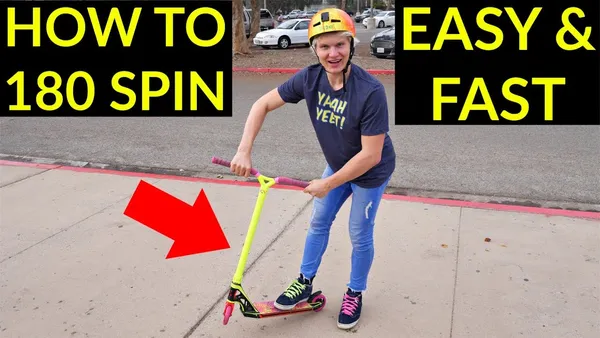
Mastering the 180 is a journey of practice and refinement. Along the way, it's common to encounter a few obstacles that can hinder your progress. Here are some of the most prevalent mistakes riders make and how to overcome them:
- Improper Body Positioning: Failing to keep your weight centered and your body aligned over the bike can lead to instability and loss of control. Ensure your weight is evenly distributed and your core is engaged to maintain balance.
- Hesitation and Lack of Commitment: Approaching the 180 with hesitation or fear can result in a wobbly and incomplete turn. Commit to the maneuver decisively, trusting in your skills and the bike's capabilities.
- Incorrect Steering Technique: Relying solely on the handlebars to initiate the turn can make the 180 abrupt and jerky. Instead, use a combination of body weight shifting and subtle steering inputs to smoothly guide the bike through the maneuver.
- Inadequate Speed: Attempting the 180 at too low a speed can make it challenging to maintain balance and control. Build up sufficient speed before initiating the turn to ensure you have the momentum to carry you through.
- Neglecting to Look Over the Shoulder: Failing to check over your shoulder before and during the turn can lead to collisions or loss of control. Make a habit of glancing over your shoulder to assess the space behind you and ensure a clear path for the maneuver.
By addressing these common mistakes and refining your technique, you'll be well on your way to executing smooth and controlled 180s, enhancing your overall riding skills and confidence.
| Mistake | Solution |
Improper Body Positioning | Keep weight centered and body aligned over the bike. |
Hesitation and Lack of Commitment | Commit to the maneuver decisively and trust in your skills. |
Incorrect Steering Technique | Use a combination of body weight shifting and subtle steering inputs. |
Inadequate Speed | Build up sufficient speed before initiating the turn. |
Neglecting to Look Over the Shoulder | Check over your shoulder before and during the turn to assess the space behind you. |
Remember, practice makes perfect. The more you ride and attempt the 180, the more comfortable and proficient you'll become. So keep practicing, stay patient, and enjoy the process of mastering this fundamental cycling skill.
If you're looking to further enhance your cycling skills and knowledge, be sure to check out our related posts on how to do a handstand, the benefits of gymnastics for kids, and the best gymnastics equipment for home use.
V. Practicing and Applying the 180-Degree Turn in Various Situations
Practicing and Applying the 180-Degree Turn in Various Situations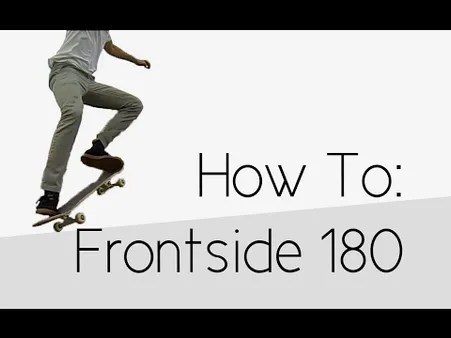
Mastering Different Surfaces
The 180-degree turn can be executed on various surfaces, each presenting unique challenges and requiring specific adjustments in technique. Whether you're riding on smooth asphalt, rough concrete, or loose gravel, adapting your approach is crucial for maintaining control and executing the maneuver safely. For instance, on slippery surfaces like wet pavement, it's essential to apply less force and shift your weight more gradually to avoid skidding. Conversely, on loose surfaces like sand or gravel, you'll need to apply more pressure and maintain a lower center of gravity to prevent losing traction.
- Adapt technique to different surfaces.
- Apply less force on slippery surfaces.
- Apply more pressure on loose surfaces.
Navigating Obstacles
The 180-degree turn becomes even more valuable when you encounter obstacles on your path. Whether it's a sudden pothole, a parked car, or a group of pedestrians, being able to execute a quick and controlled 180 allows you to avoid collisions and maintain your momentum. The key here is to anticipate potential obstacles, maintain a safe following distance, and be prepared to react swiftly. As you approach an obstacle, assess the situation, choose the appropriate escape route, and initiate the 180-degree turn smoothly and decisively.
Obstacle | Escape Route |
Pothole | Swerve to the left or right |
Parked car | Turn left or right behind the car |
Pedestrians | Slow down and signal your intention to turn |
Incorporating the 180-Degree Turn into Tricks
Once you've mastered the basic 180-degree turn, you can start incorporating it into more advanced tricks and maneuvers. From stylish spins to impressive jumps, the 180-degree turn serves as a fundamental building block for a wide range of BMX stunts. For example, you can combine a 180-degree turn with a bunny hop to clear obstacles or perform a 180-degree turn while riding fakie (backwards) to add an extra layer of difficulty and flair to your tricks. The possibilities are endless, and with practice and creativity, you can unlock your full potential as a BMX rider.
Check out our related posts on How to Do a Handstand and The Benefits of Gymnastics for Kids for more exciting content.
VI. Conclusion
With consistent practice and a commitment to mastering the basics, you'll soon be executing smooth and controlled 180s like a pro. Remember, the key is to start slow, focus on your body position and weight distribution, and keep your eyes fixed on where you want to go. As you gain confidence, you can gradually increase your speed and incorporate the 180 into your everyday riding, unlocking a new level of agility and control on your bike.